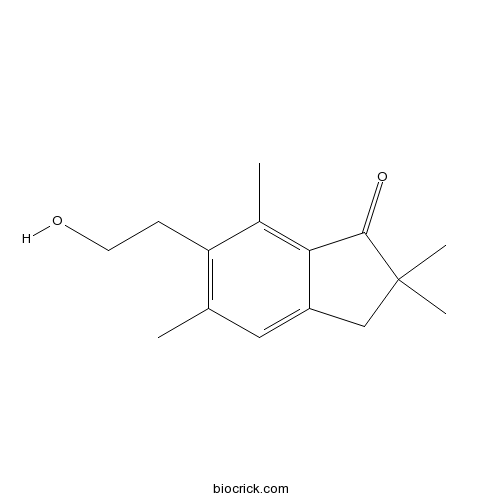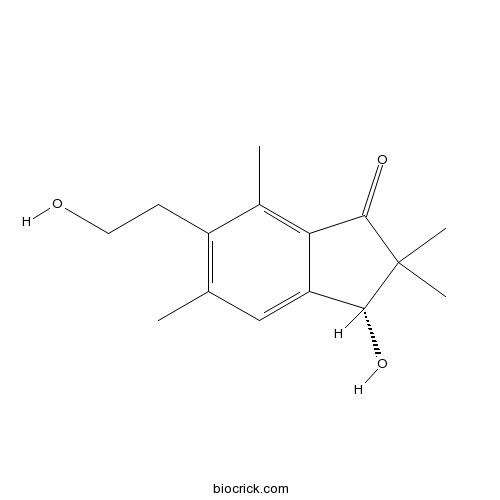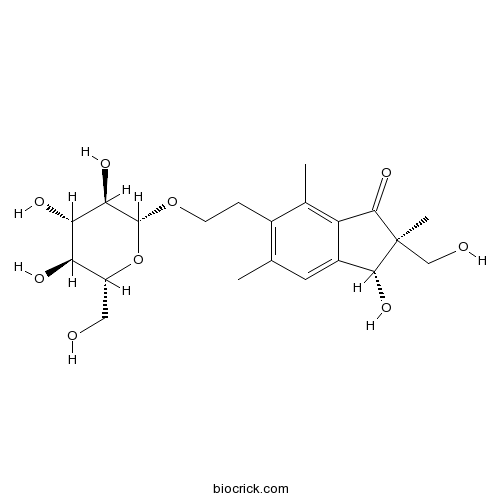Cibotium barometz (L.) J.Sm.
Cibotium barometz (L.) J.Sm.
Cibotium barometz is in the fern family Dicksoniaceae[1] and is one of a small number of tree fern species that Carl Linnaeus initially placed in the fern family Polypodiaceae in his Species Plantarum. The plant grows only to a height of 1 m (3 ft 3 in), when erect, but is often prostrate, forming colonies of plants on open forest slopes and in disturbed areas. The species is a folk medicinal herb in common use. It was thought to be the mythical Vegetable Lamb of Tartary during the Middle Ages due to the resemblance of its woolly rhizomes to a lamb. Although it is widely distributed, the plant has been extensively collected in Southeast Asia, causing the decline in the population size and number of individuals. Traditional Chinese medicine herbal extracts of Cibotium barometz, Gentiana scabra, Dioscorea batatas, Cassia tora, and Taxillus chinensis inhibit SARS-CoV replication.
Products from Cibotium barometz (L.) J.Sm.
- Cat.No. Product Name CAS Number COA
-
BCN5268
Pterosin Z 34169-69-2
PDF

-
BCN5269
Pterosin D 34169-70-5
PDF

-
BCN5435
Pterolactam 38072-88-7
PDF

-
BCN5680
Epipterosin L 52611-75-3
PDF

-
BCN1390
3-Acetoxy-8(17),13E-labdadien-15-oic acid 63399-37-1
PDF

-
BCN4172
Alepterolic acid 63399-38-2
PDF

-
BCN4567
Pterosin D 3-O-glucoside 84299-80-9
PDF

-
BCN4614
Epipterosin L 2'-O-glucoside 61117-89-3
PDF




